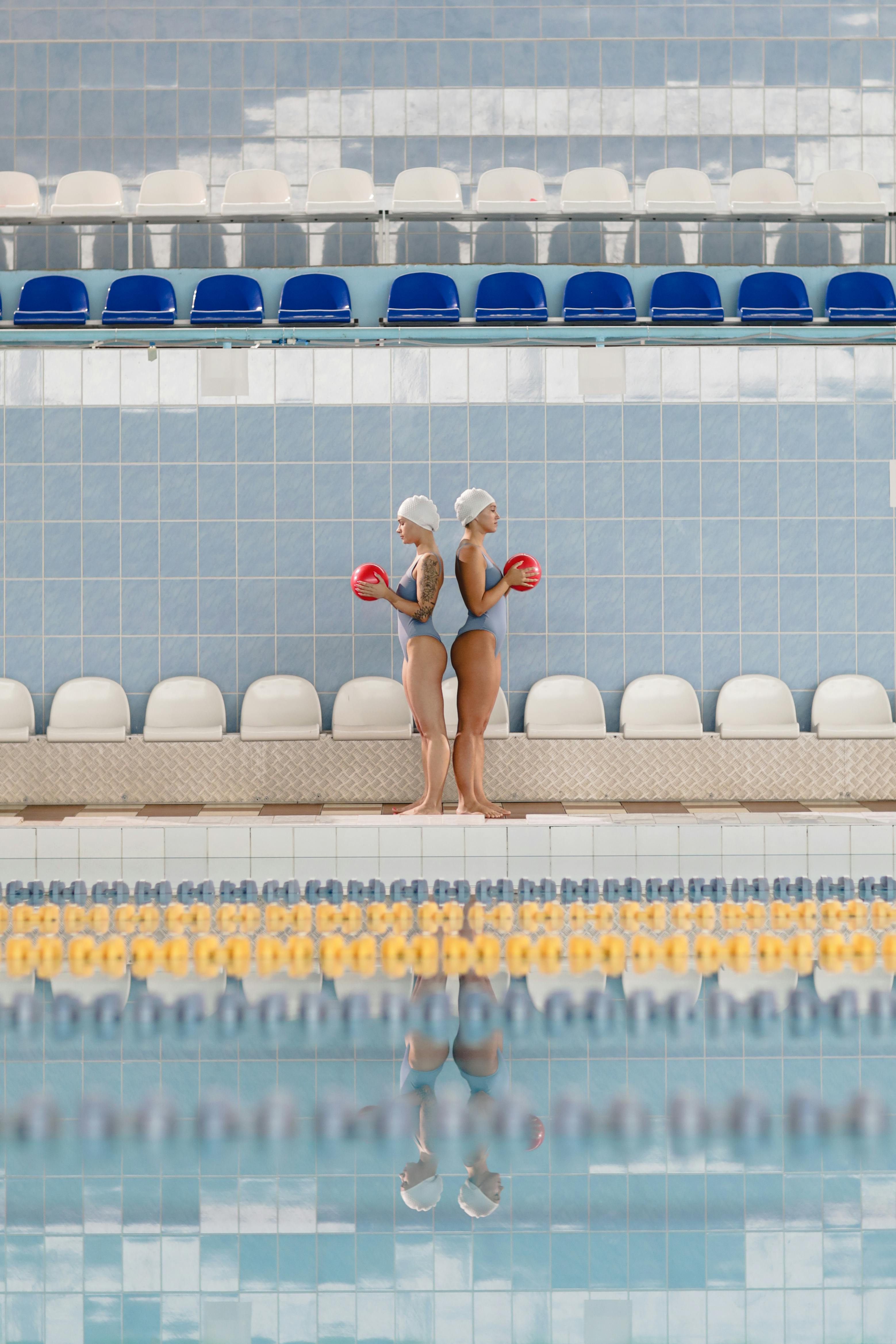Billiard Kit Essentials for Home and Game Room
A billiard kit brings together the tools and accessories needed to play pool or other cue sports at home. Whether outfitting a dedicated game room or adding a compact setup to a shared space, a kit typically includes cues, balls, chalk, a rack, and basic maintenance items. Understanding what to choose and how components interact helps buyers assemble a kit that suits skill level, table size, and long-term care needs.

billiard: what’s included in a complete kit?
A typical billiard kit bundles the core equipment necessary for casual and recreational play. Standard contents include one or more cues (usually 57–58 inches), a set of 16 balls for eight-ball play (one white cue ball plus 15 object balls), a triangle or diamond rack, cue chalk, a brush for the cloth, and sometimes an instruction guide. Higher-end kits may add cue cases, a tip repair tool, extra tips, or a table cover. When evaluating a kit, check the quality of the cue shaft, the material of the balls (phenolic vs. resin), and whether accessories are replacement-grade or entry-level.
pool table: matching a kit to your table
Choosing a kit that suits your pool table involves confirming table size and play style. Residential pool tables commonly measure 7, 8, or 9 feet; shorter cues or a house cue extension can improve comfort on smaller tables. Cloth type, table rails, and pocket size all affect shot feel — for instance, tighter pockets require more precise cue control. Some kits are sold specifically for compact or portable tables and include shorter cues and lighter balls. Always verify that a kit’s ball size (typically 2 1/4 inches for standard pool) and cue length are compatible with the table you own or plan to buy.
game room: planning layout and storage
Integrating a billiard kit into a game room requires attention to space, traffic flow, and storage. Standard play requires at least 5 feet of clearance around a table for comfortable cueing; smaller rooms benefit from short cues, cue extenders, or swivel cue rests. Consider storage solutions such as wall-mounted cue racks, wall pockets for balls, and a covered cabinet for chalk and spare tips. Lighting matters too: even, shadow-free overhead lighting centered over the table improves visibility. For multi-use rooms, choose a kit and storage that allow quick setup and secure storage to protect equipment when the space serves other purposes.
cue: selecting and maintaining cues
Cues are the most personal component of a billiard kit. Factors to consider include weight (commonly 18–21 oz), tip size and hardness, shaft material (maple is common), and joint type. Beginners often prefer a medium-weight cue with a softer tip for spin control; more advanced players may select stiffer shafts and specific tip profiles. Maintenance extends the life of a cue: keep tips shaped, replace worn tips promptly, clean shafts with a soft cloth, and store cues vertically or in a case to avoid warping. If the kit includes multiple cues, check balance and feel before committing to a favorite for regular play.
balls: types, care, and compatibility
Pool balls vary by material, coloration, and precision grading. Many modern sets use phenolic resin for durability and consistent rebound; less expensive sets sometimes use lower-grade resins or plastic composites. Standard recreational sets feature one cue ball and 15 numbered balls; carom and snooker use different sizes and sets. To keep balls true and smooth, clean them periodically with a mild detergent or specialized ball cleaner and a soft cloth. Avoid harsh chemicals that can dull the surface. Check that ball diameter matches your table’s intended size and pocket tolerances to ensure predictable play.
Conclusion
A well-chosen billiard kit makes play more enjoyable and supports skill development while protecting equipment longevity. Focus on compatibility with your pool table, the quality and maintainability of cues and balls, and practical storage and lighting in your game room. Balancing durability, feel, and space considerations helps you assemble a kit that fits recreational needs and offers a reliable foundation for learning and casual competition.




